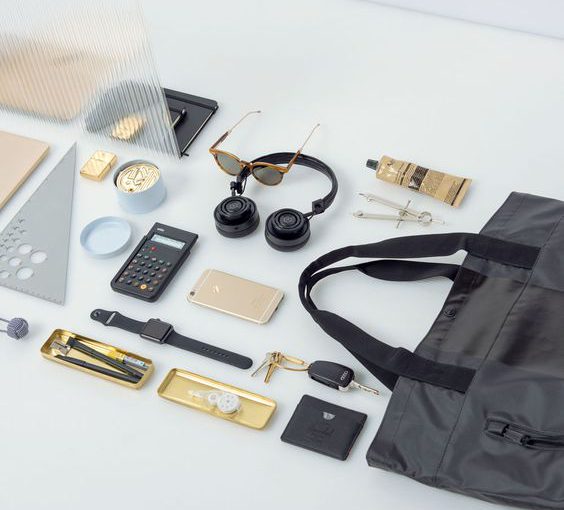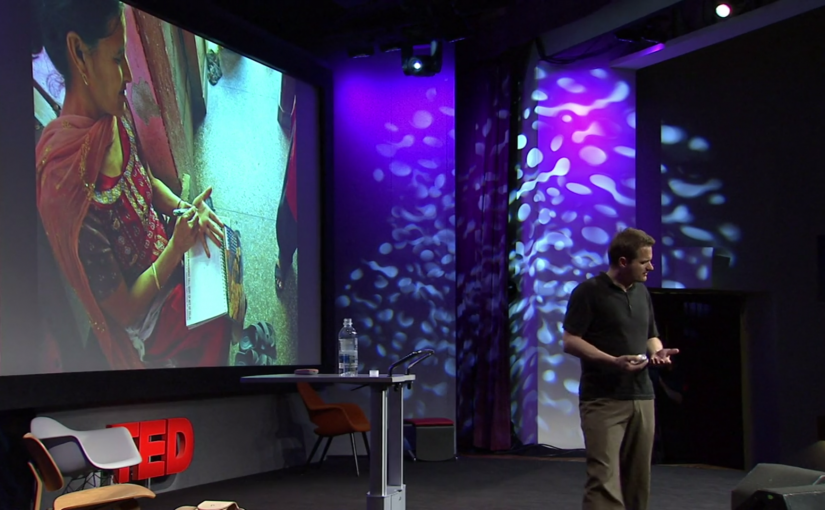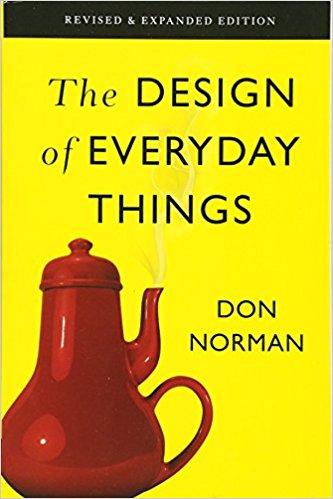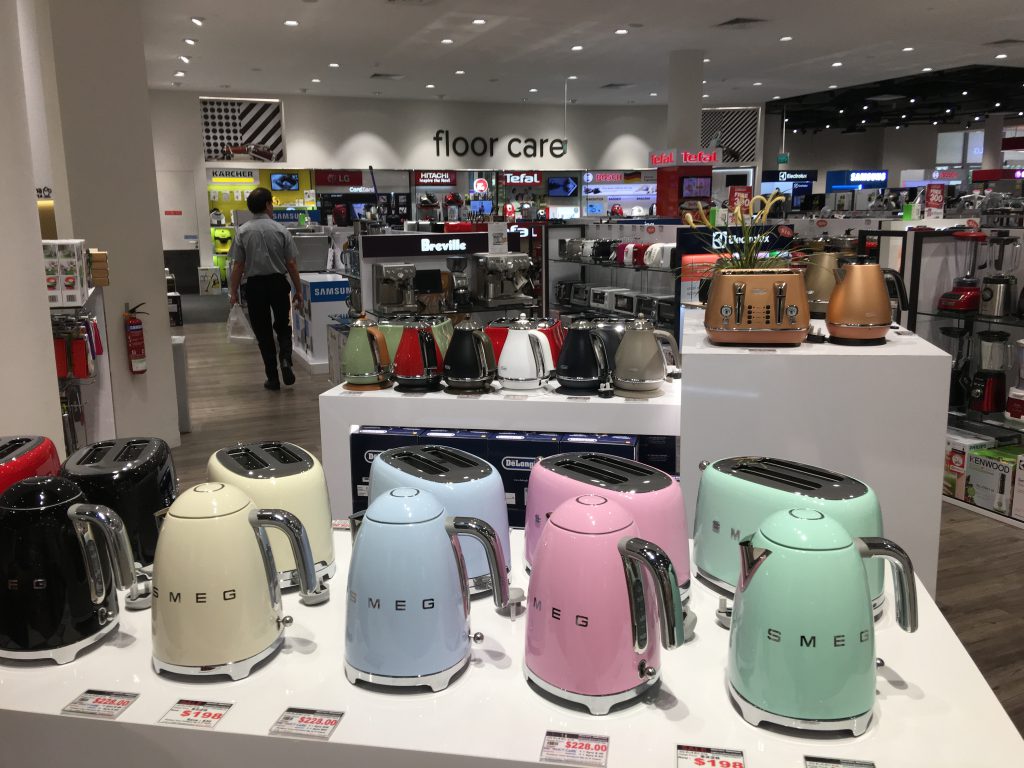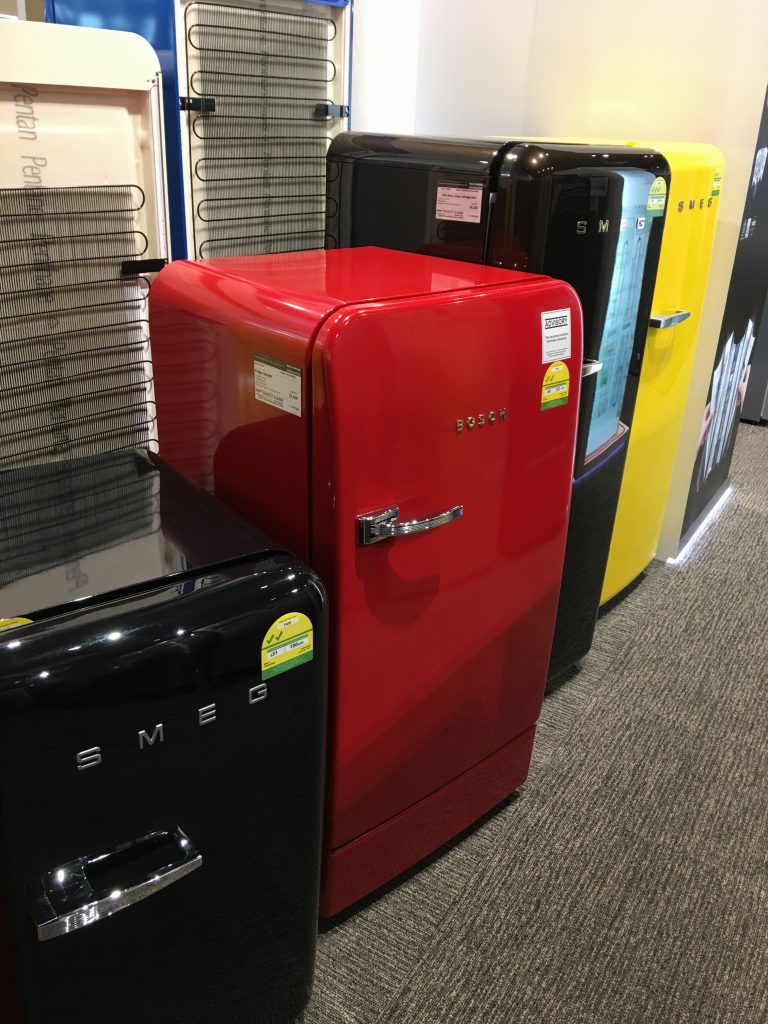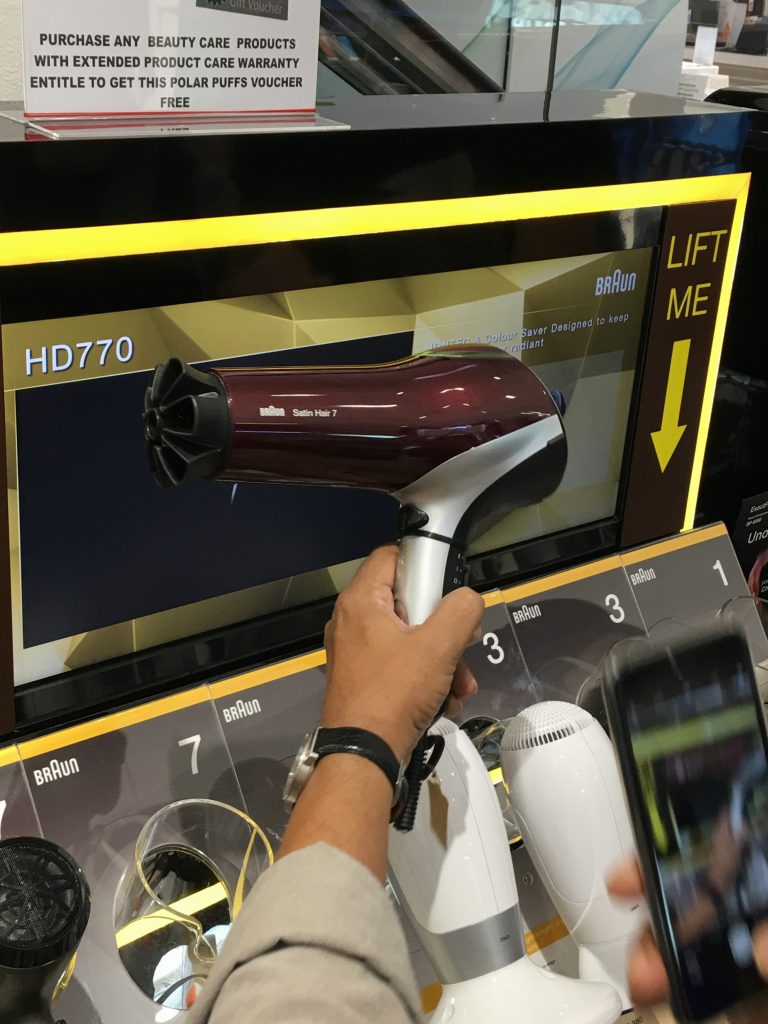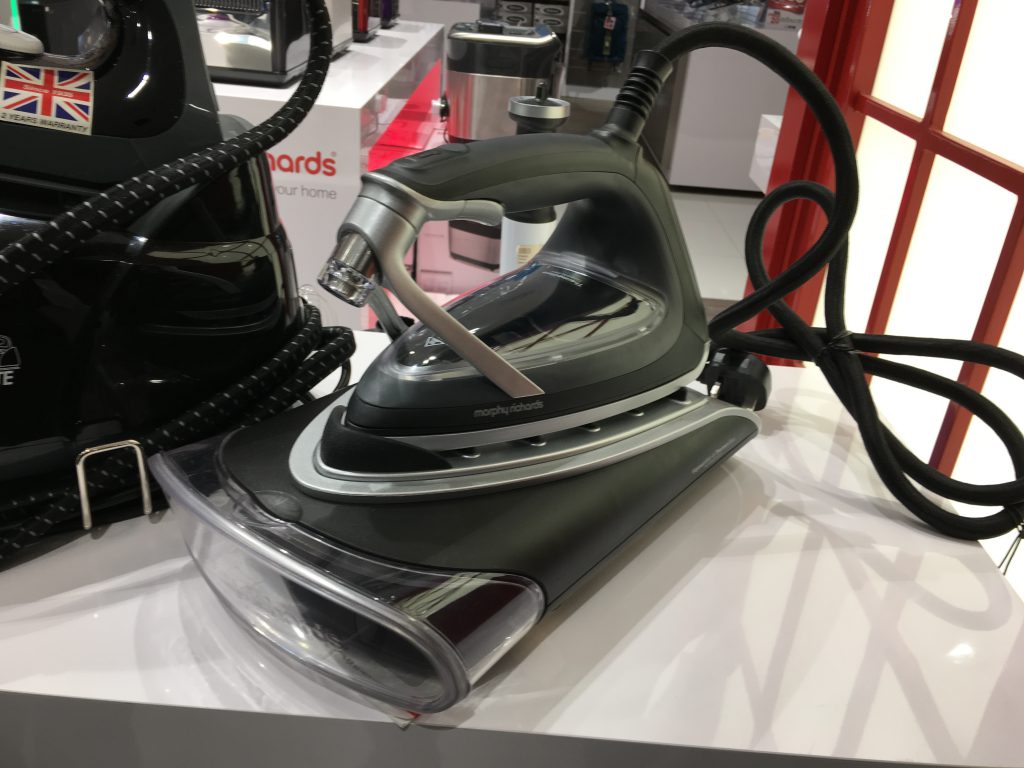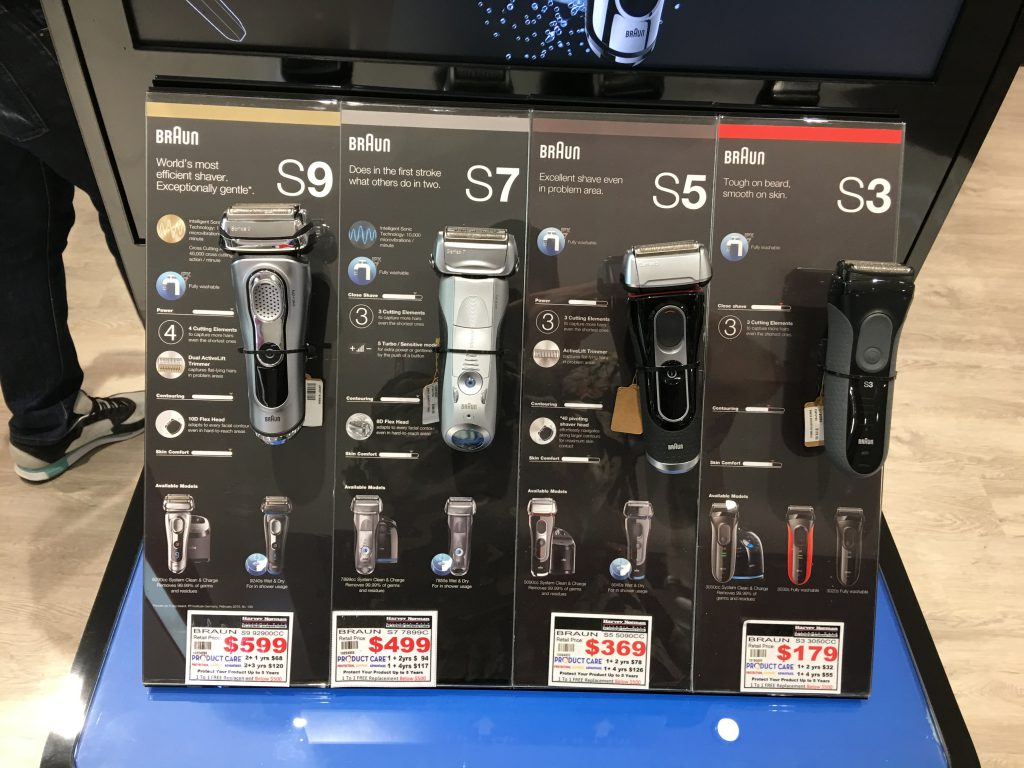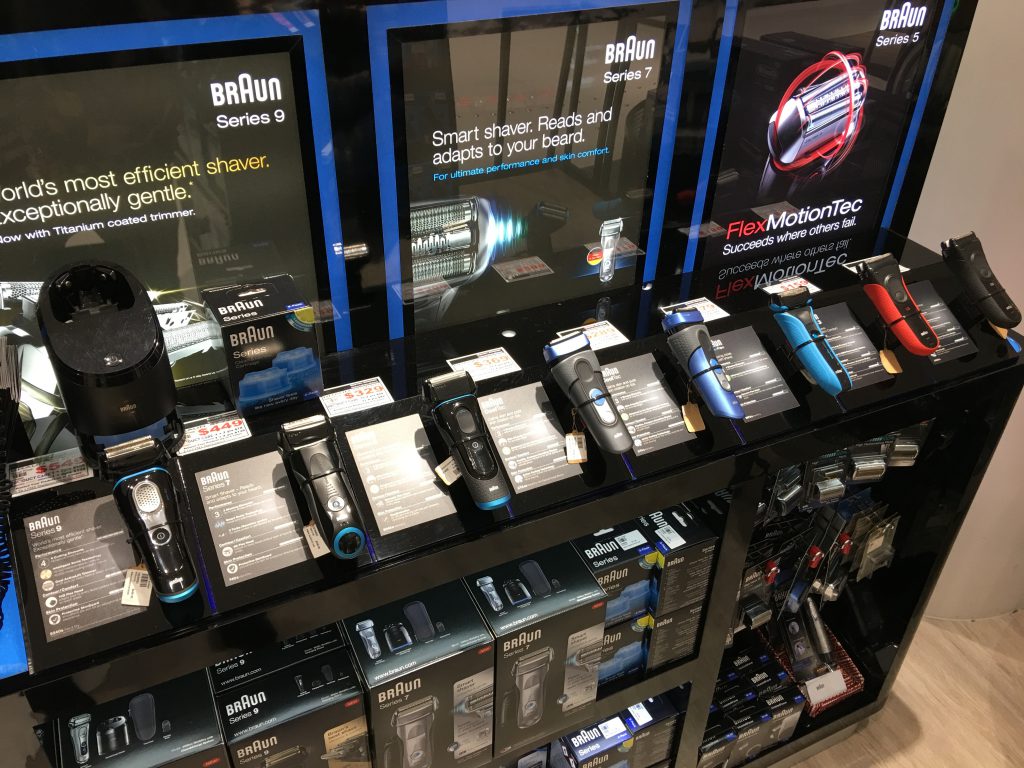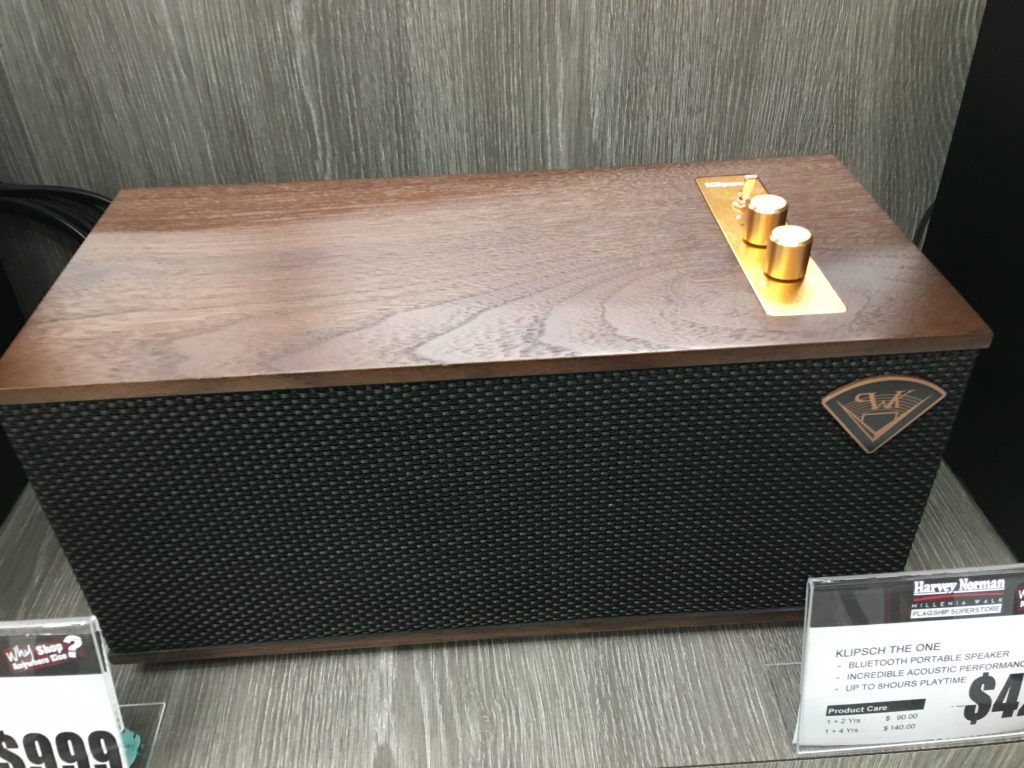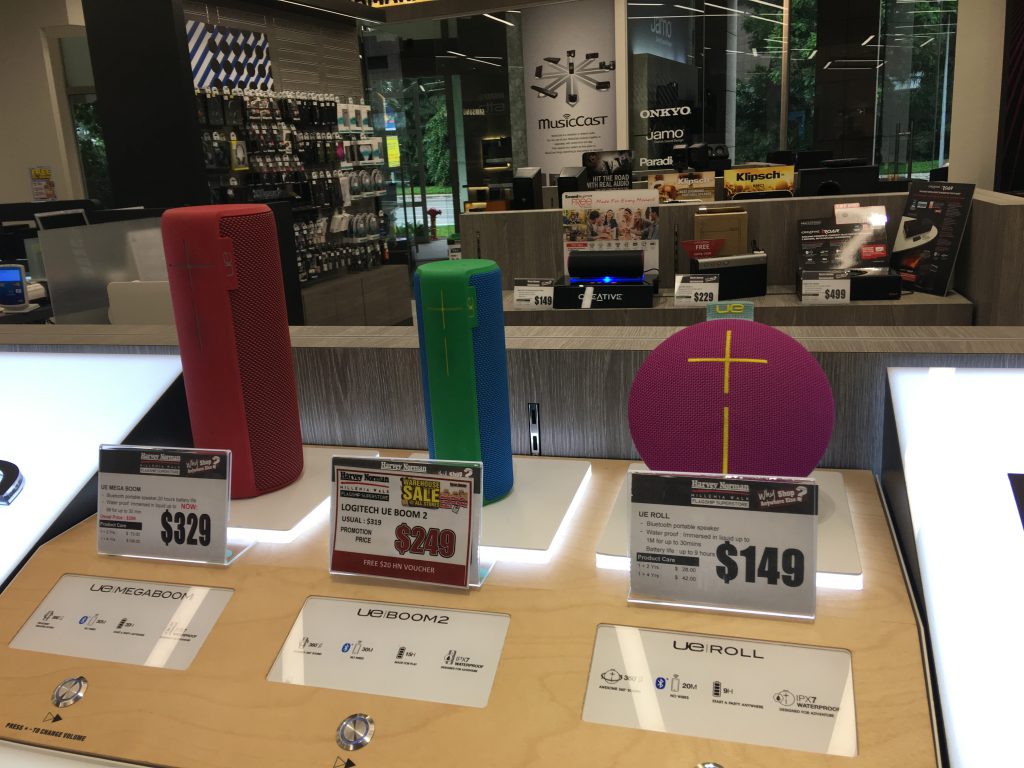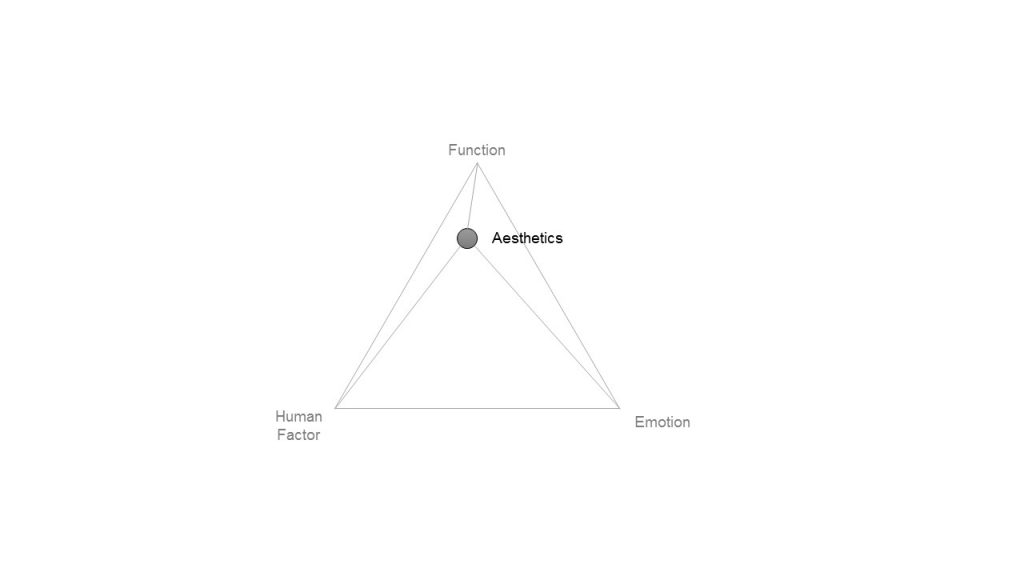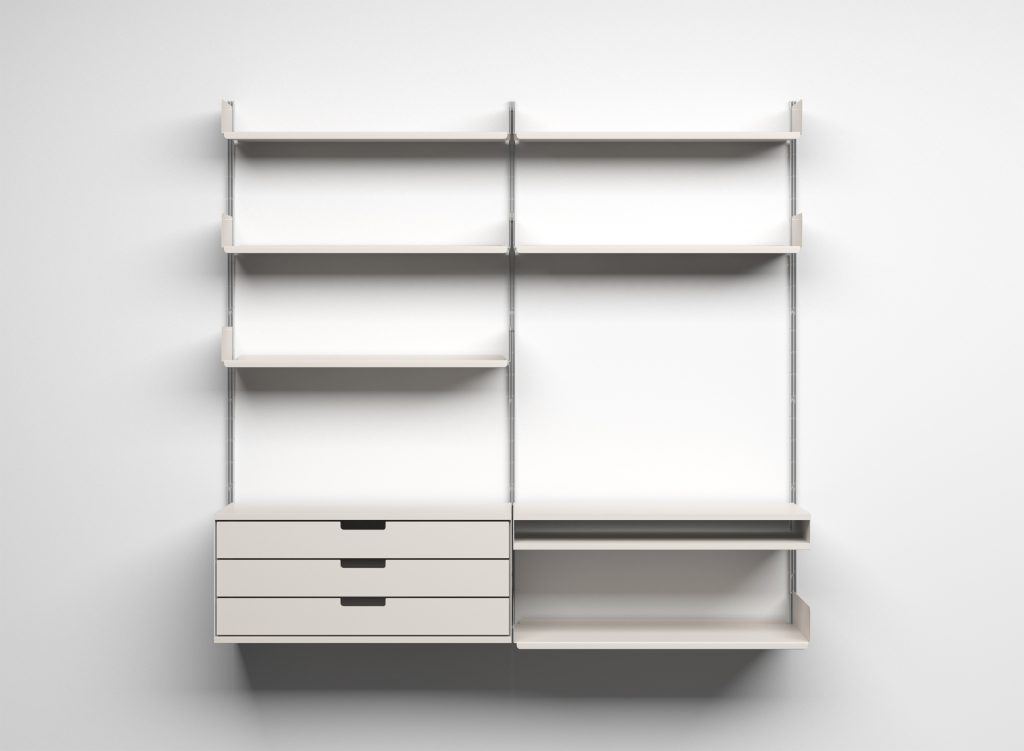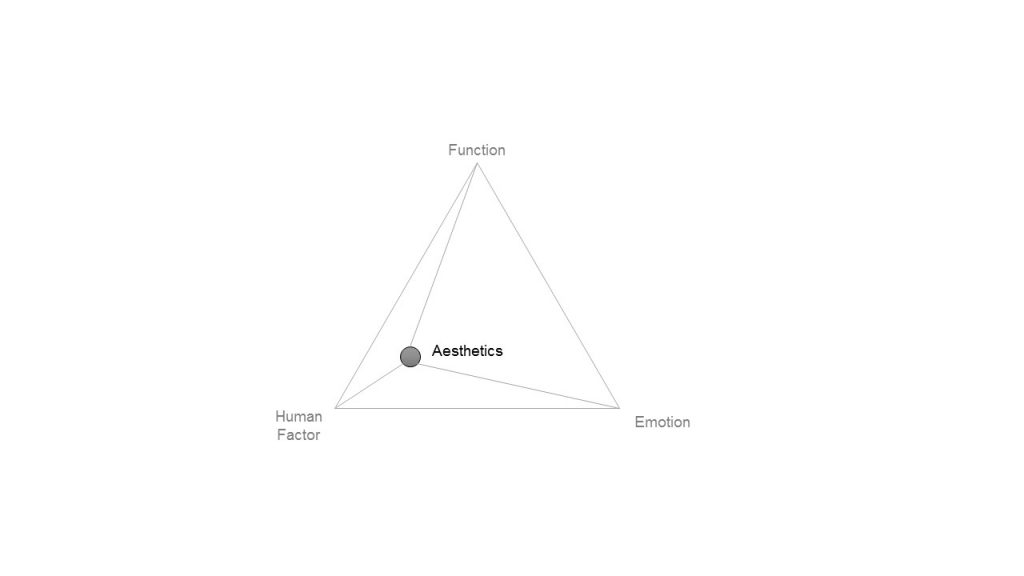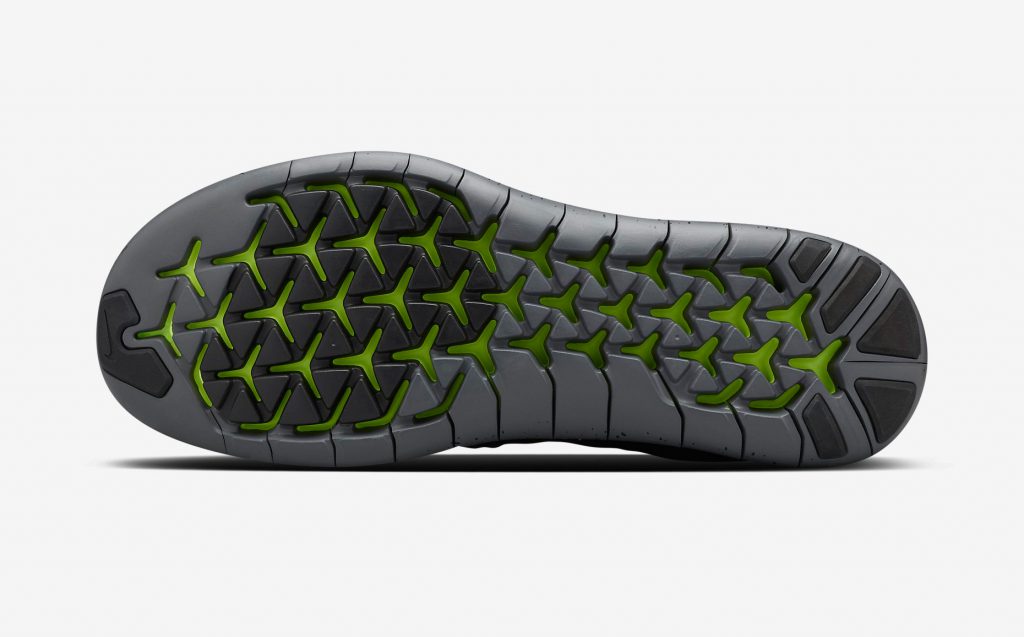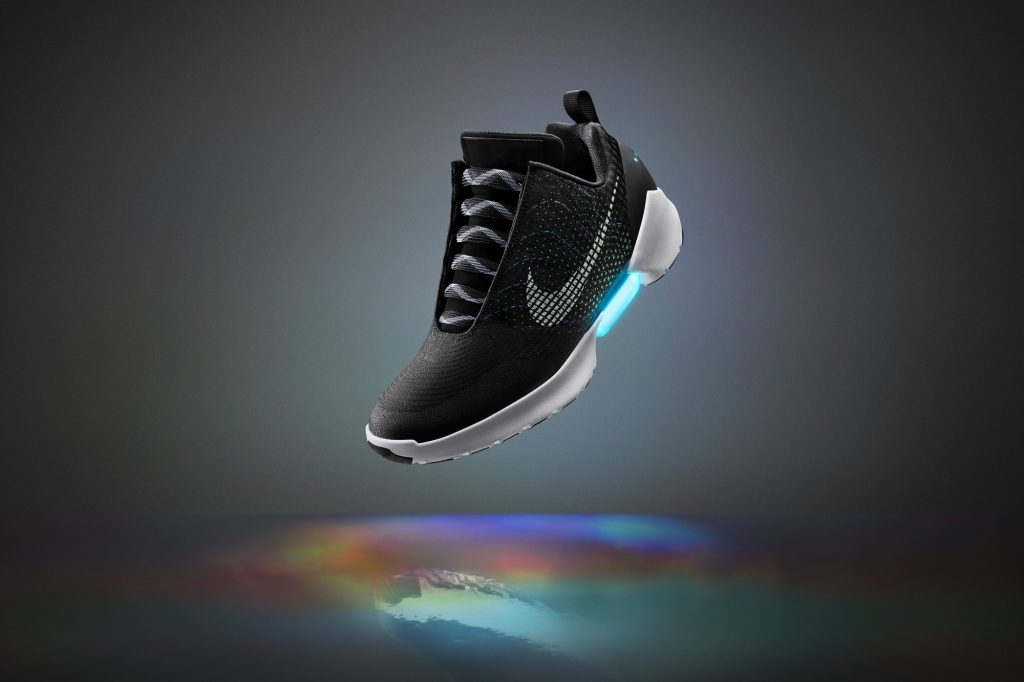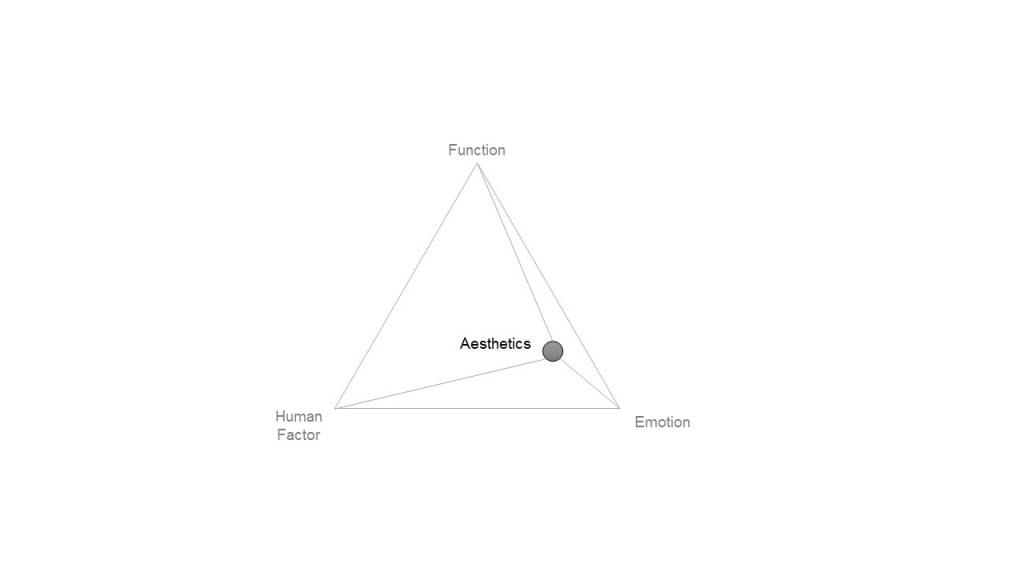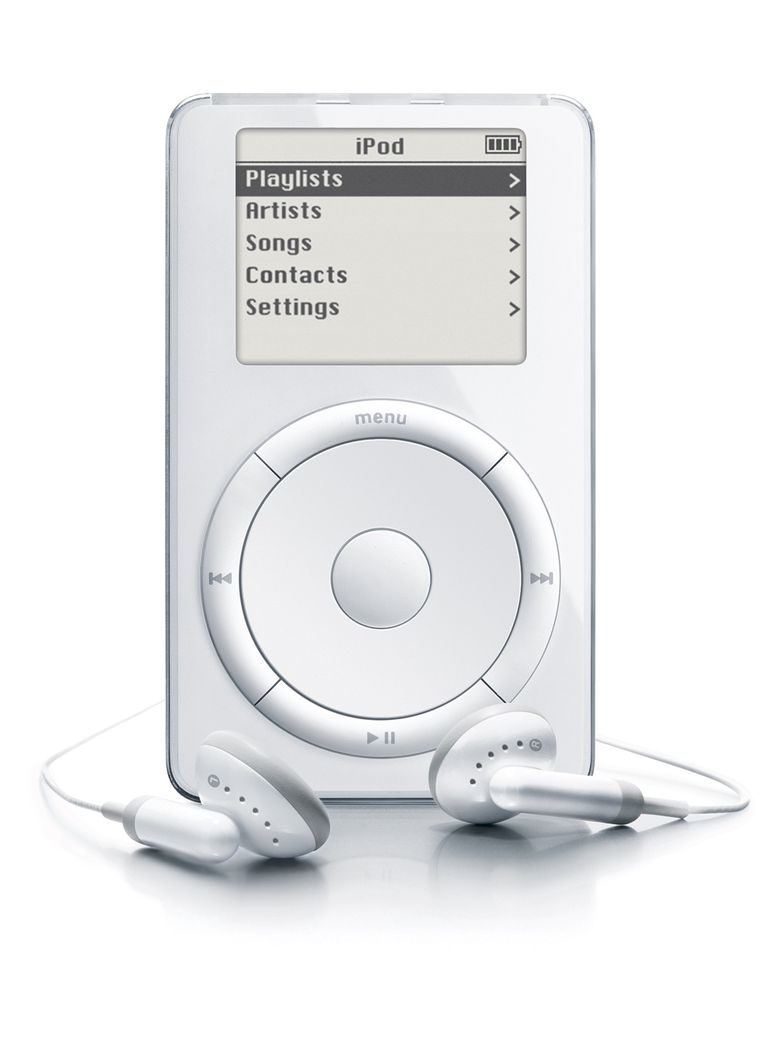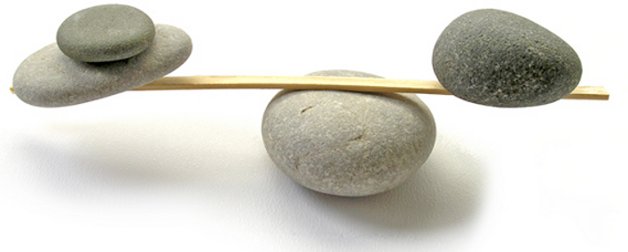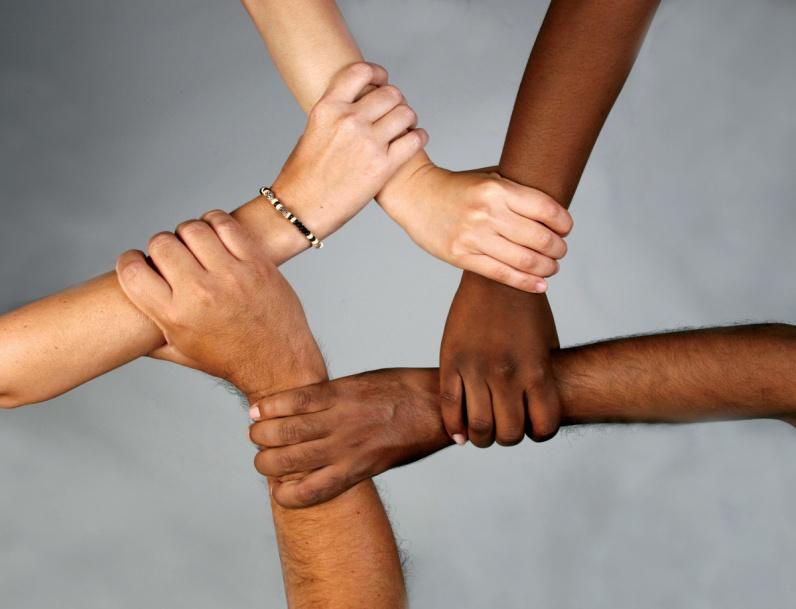“You are what you carry”, was a comprehensive and thorough chapter, where we recall the idea of the phone, the key and the wallet as essentialities when venturing into the world. Strangely but interestingly, we tend to bring more things than the just essentials because of our providence nature for security, convenience, peace of mind… Especially when visiting a foreign country, I would make sure that I am ‘fully’ geared, in terms of technology and connectivity, so that I can be efficiently autonomous. Chipchase also brings up the concept of ‘range of distribution’ and how it differs between each country. I was shocked how Singaporeans comfortably leave their valuables unattended for prolong time period in public spaces, as a result of tough security measures of the country which gives a perception of low risk. Such things would not be happening in a different country. The good thing about low perception of risk is that it removes this subconscious paranoia of losing something, which can be liberating I must say. The Great Unburdening of digitization and cloud storage definitely reaffirms the ‘range of distribution’ by the omnipresence of facilities that shatters space time continuum or ‘yo-yo string’. With Amazon recently acquiring Whole foods, the prediction of Chipchase is becoming a reality: Supplies of groceries would be shipped to us by Amazon directly.
I believe that it is only a matter of time before everything gets connected and unified, especially with the growing trend of the Internet of Things. Space time continuum will change and things we carry and interact with, will constantly adapt to it.
Featured Image Source: https://herschel.com/
